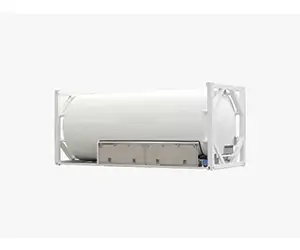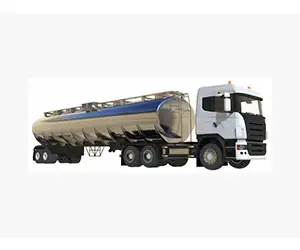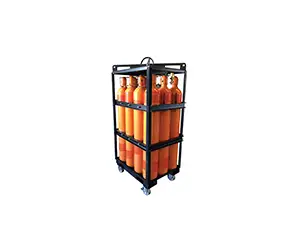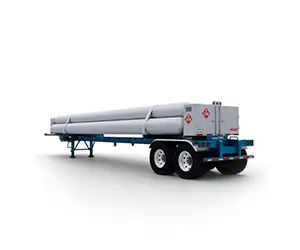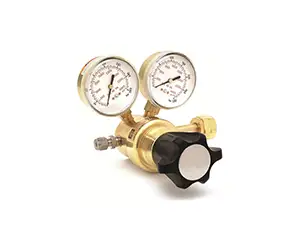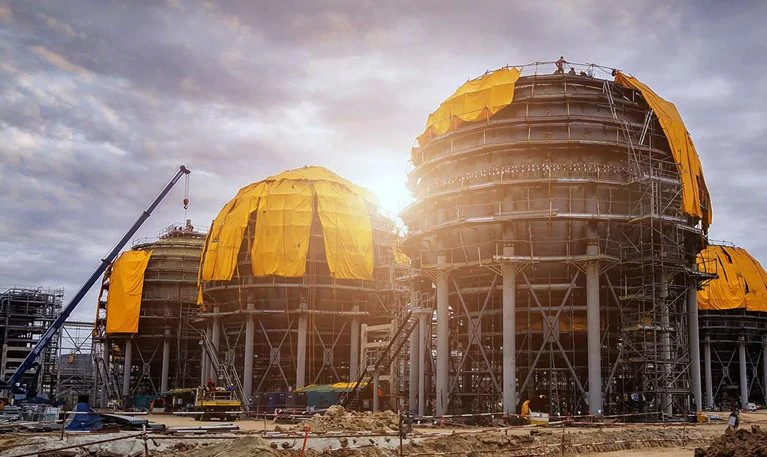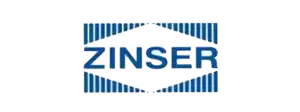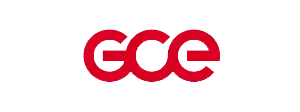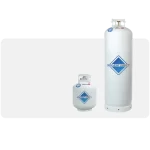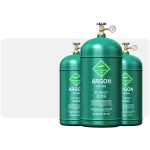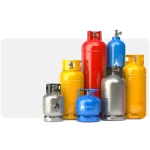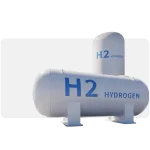The European gas market has seen several changes – due to a milder winter, increased European LNG demand due to attractive prices in Europe compared to Asia, and the growing importance of Nord Stream.
The European gas market has seen several changes in 2019 – due to a milder winter, increased European LNG demand due to attractive prices in Europe compared to Asia, and the growing importance of Nord Stream.
Energy Insights’ EU PipeFlow, which tracks flows in Europe’s main pipelines and monitors natural gas storage levels, provides some important insights into how these developments have affected European gas flows, storage levels and infrastructure utilization. has discovered
Evolution of supply/demand mix
Total net imports to European Union (EU) countries were similar to the levels seen in 2017. In 2018, EU countries imported 401 billion cubic meters (bcm) of natural gas, which was only 0.6% more than in 2017.
LNG also became an integral part of the natural gas supply mix, growing nearly 19 percent over the past two years. In 2018, approximately 50 billion cubic meters of gas left LNG storage and entered the European pipeline system, compared to 47.4 and 41.9 billion cubic meters in 2017 and 2016, respectively. This is due to the attractive price increase of LNG between Europe compared to Asia, which encourages global LNG suppliers to divert cargoes to Europe.
Russia and Norway remained the main suppliers of EU natural gas with 39% (+1% y/y) and 27% (-1%) of EU natural gas supply respectively. Together, they supplied almost 2/3 of all natural gas supplied to EU countries.
Germany (78.9 billion cubic meters | 19.7 percent share), Italy (63.8 billion cubic meters | 15.9 percent share) and France (47.8 billion cubic meters | 11.9 percent share) were the main importers of natural gas. Together, these three countries accounted for almost half of all gas imports to Europe.
Use of main routes
Although average pipeline utilization from major sources remained at a similar level to 2017, our analysis of specific import routes revealed a changing pattern. Utilization of the Nord Stream pipeline – which transports gas from Russia to the EU via the Baltic Sea – rose to 94%, compared to 82% in 2017. At the same time, there was a clear decrease for the Russia to Europe route at Velke Kapusany. , located on the border between Slovakia and Ukraine, the average usage dropped from 68% to 62%. Once Nord Stream 2 comes online, we will have to closely monitor flows through Velke Kapusany to see if usage drops further.
 Persian
Persian Englisg
Englisg Arabic
Arabic
